Collaboration Between Humans and Robots
The Global Automotive Robotics Market is increasingly characterized by the collaboration between humans and robots, often referred to as cobots. This trend reflects a shift towards a more integrated approach to manufacturing, where robots assist human workers rather than replace them. In 2025, the market for collaborative robots is expected to grow substantially, driven by the need for flexibility and adaptability in production lines. Cobots are designed to work alongside humans, enhancing productivity while ensuring safety. This collaborative dynamic allows for the efficient handling of complex tasks, such as assembly and quality checks, where human intuition and robotic precision complement each other. The rise of cobots is likely to redefine workforce dynamics in the automotive sector, fostering a more harmonious relationship between technology and human labor.
Increased Focus on Safety and Quality Control
The Automotive Robot Market is witnessing an increased focus on safety and quality control measures within manufacturing environments. As consumer expectations for vehicle safety rise, manufacturers are compelled to adopt advanced robotics to ensure compliance with stringent safety standards. In 2025, it is anticipated that investments in robotics for quality assurance will account for a significant portion of the Auto Robotics Industry, potentially exceeding 5 billion USD. Robotics systems equipped with artificial intelligence and machine learning capabilities can perform real-time inspections, identifying defects and ensuring that products meet quality benchmarks. This proactive approach not only enhances safety but also reduces the likelihood of costly recalls, thereby improving brand reputation and consumer trust.
Sustainability Initiatives in Automotive Production
The Automotive Robots Market is increasingly influenced by sustainability initiatives aimed at reducing the environmental impact of automotive production. As regulatory pressures mount and consumer preferences shift towards eco-friendly practices, manufacturers are adopting robotics to enhance sustainability. In 2025, it is projected that the market for robotics focused on sustainable practices will grow significantly, potentially reaching 10 billion USD. Robotics can optimize resource usage, minimize waste, and improve energy efficiency in manufacturing processes. For instance, robotic systems can be programmed to utilize materials more effectively, reducing scrap rates and energy consumption. This alignment with sustainability goals not only meets regulatory requirements but also appeals to environmentally conscious consumers, positioning companies favorably in a competitive market.
Rising Demand for Automation in Automotive Manufacturing
The Vehicles Robotics Market is experiencing a surge in demand for automation within manufacturing processes. As manufacturers strive to enhance efficiency and reduce operational costs, the integration of robotics has become increasingly prevalent. In 2025, it is estimated that the market for automotive robotics will reach approximately 20 billion USD, driven by the need for precision and speed in production lines. Robotics not only minimizes human error but also allows for 24/7 operations, thereby increasing output. This trend is particularly evident in assembly lines, where robotic arms are utilized for tasks such as welding, painting, and assembly. The shift towards automation is expected to continue, as companies seek to remain competitive in a rapidly evolving market.
Advancements in Electric and Autonomous Vehicle Technologies
The Vehicle Manufacturing Robotics Market is significantly influenced by advancements in electric and autonomous vehicle technologies. As the automotive sector transitions towards electric vehicles (EVs), the demand for robotics that can support the production of these vehicles is on the rise. In 2025, the market for automotive robotics is projected to grow by 15% annually, largely due to the increasing complexity of EV manufacturing processes. Robotics plays a crucial role in the assembly of battery systems and electric drivetrains, which require high precision and efficiency. Furthermore, the development of autonomous vehicles necessitates sophisticated robotics for tasks such as navigation and obstacle detection. This convergence of robotics and vehicle technology is likely to reshape the automotive landscape, fostering innovation and enhancing production capabilities.
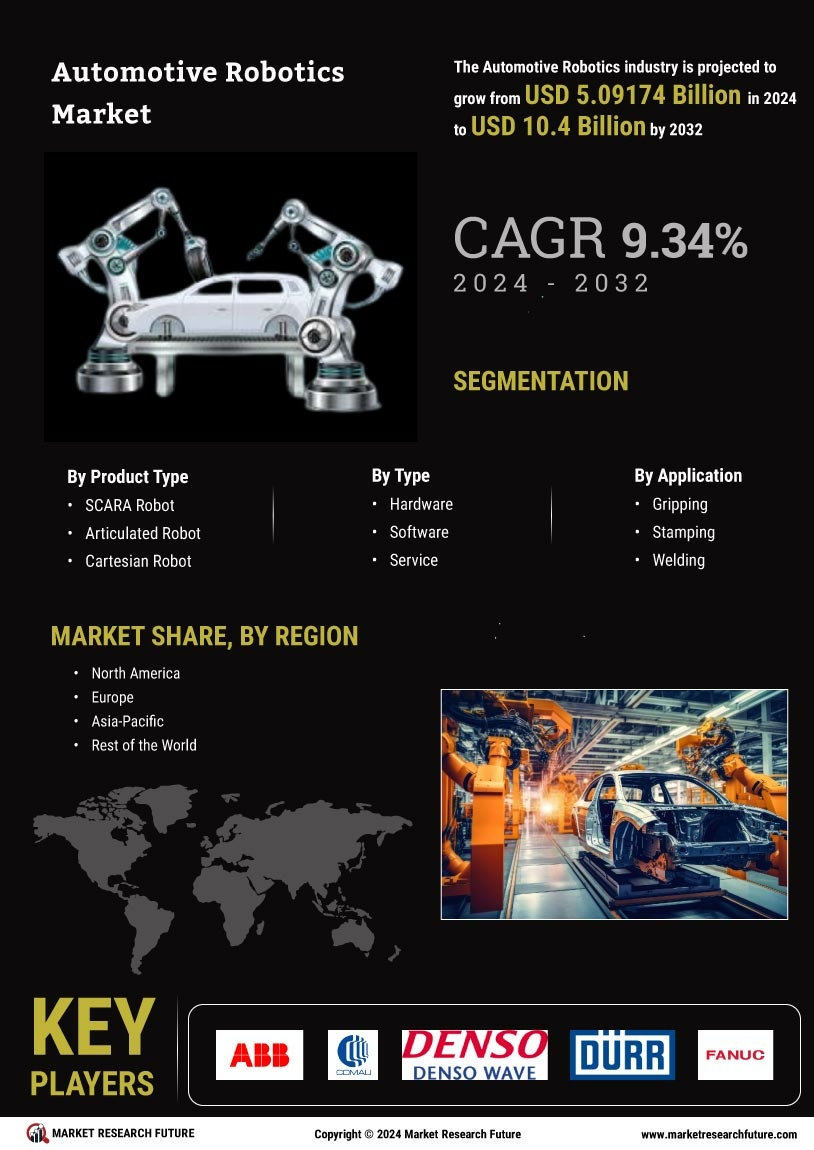

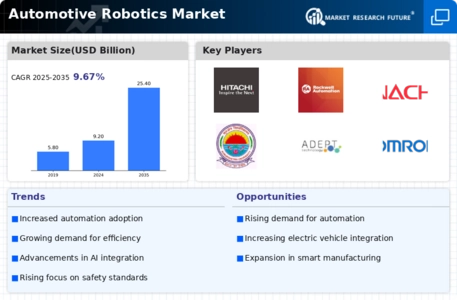
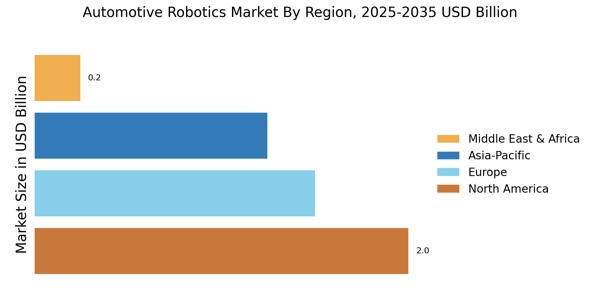
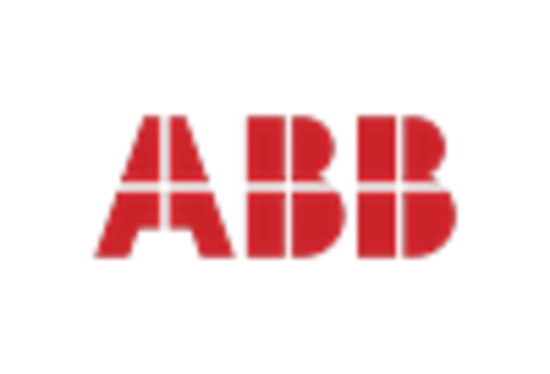
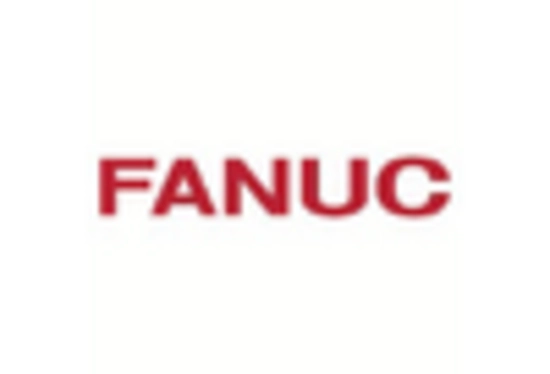
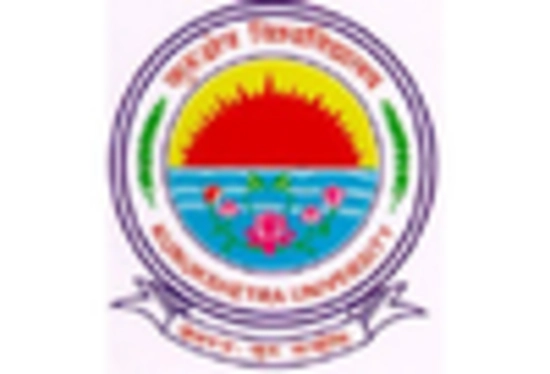

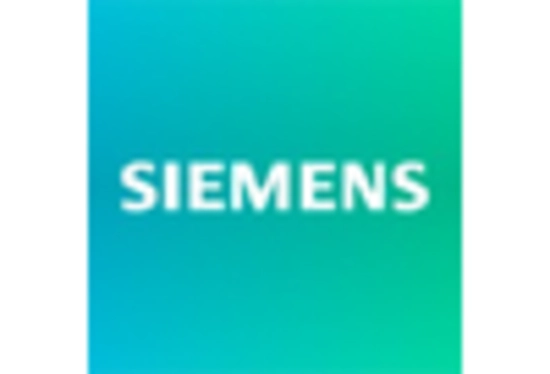
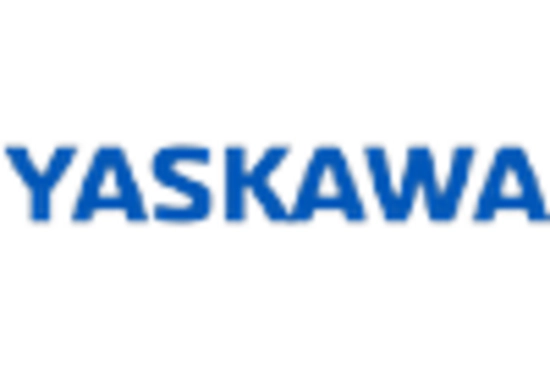








Leave a Comment